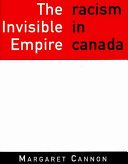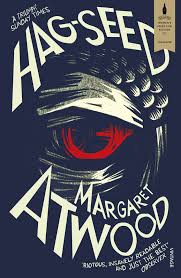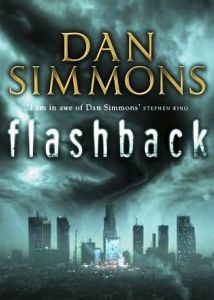
The Invisible Empire: Racism in Canada book cover image
This book was published back in 1995 and I remember quite liking it then. I was at the tail end of my Women’s Studies degree and quite impressed with my own knowledge and open-mindedness. A book about racism in Canada was right up my alley. Not only would it look impressive when I read it on the bus, but it was also unlikely (I was certain) to challenge me in any real way, given all the recent reading and learning I had done around the intersections among race, class, power, sexuality, and gender.
Rereading this book almost a quarter of a century later has been a sobering experience. I don’t recall exactly what I thought and felt about this book back then; I just had a general feeling of it being an interesting look at the then-current state of race in my country.
Now, however, I am surprised that I would have bought a book by a white woman to learn about racism in Canada. Particularly not a person who is writing from such a place of power and privilege, with access to the media as a journalist, private school for her daughter, etc. It amazes me that I thought this might be a useful perspective.
There was some interesting information and research about such things as how the Heritage Front is constituted and connected to other people and groups (and how these groups exist to basically protect middle-aged white, middle-aged women like the author), some history of immigration in Toronto, etc. But overall I was pretty disappointed in this book now. To put it in today’s terms, I felt it smelled strongly of #notallwhitepeople.
Things that made me feel this way:
- lots of pointing out how different ethnic groups also dislike or discriminate against each other (felt like: “they do it too”)
- lots of “trying to find the truth” between the lived experience of POC and the feelings of white people (felt like: “both sides of the story are equally valid and have to be heard”)
- a discomfort with naming racism, hatred, and consequences clearly (felt like “try to remain polite”)
- not enough analysis or placing of events / issues in a context of systemic oppression, but rather more explaining the way things are. Perhaps this descriptive rather than analytical approach comes from the writer’s journalist background. But description by a member of the oppressor’s group is not neutral.
- too many protestations of the goodness of individual white people (for example, “June Callwood did so much good for the community and is being persecuted for this mistake / misunderstanding”; and, regarding the ROM Into the Heart of Darkness / Africa exhibit: “but the curators did a brilliant job; it’s just that people didn’t understand the cleverness and intellectualism and irony of it all!”; and how opening a new theatre with a production of Showboat was was a more of a lapse of good judgement than actual racism
- blaming multiculturalism for a lot of these problems (which felt like: “immigrants should just adapt to our ways and there wouldn’t be a problem”
While Cannon does seem to be pushing her own comfort zone in this book, especially when venturing out to attend Heritage Front meetings and the like, and does seem to move toward an understanding of the fact that racism extends beyond the confines of actual “hate groups” to include the beliefs and actions of “ordinary people like you and me” (with the definite assumption that “we”—she and her readers— are white people), she does not take her understanding further to embed this in a systemic context.
On the one hand, I understand that this was a fairly new concept for a lot of us white people back in the nineties, but on the other hand, at that time, I certainly owned and worked hard at understanding an expensive pile of textbooks talking about this exact systemic dynamic, textbooks which would certainly have been accessible and parseable by someone with Cannon’s writerly qualifications.
I will put this book in the giveaway pile and wouldn’t recommend it now, but it was very interesting to take this trip backward and see how much my own views and understanding of racism have changed over time. It makes me wonder uncomfortably how much more I have yet to learn, and how another quarter century will (I hope) change my views and deepen my understanding of the toxic webs of systemic oppression and my place in them.
.
Very Important Note: None of the phrases in quotation marks are direct quotes from the book.

